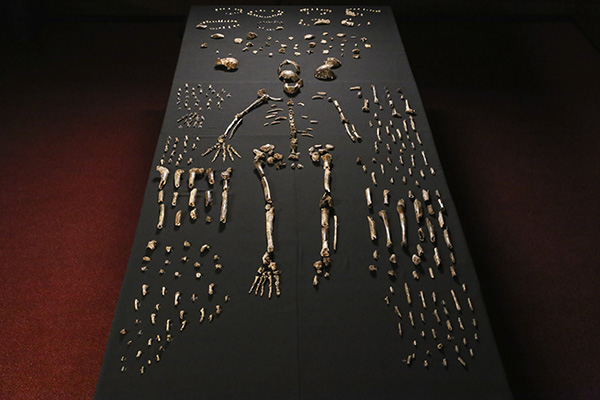The Five Scientist Pledge: Who are the scientists in your neighborhood?
Three weeks ago, on August 15 and the eve of Australia’s annual National Science Week, Australia’s Chief Scientist issued a challenge: by the end of that week he wanted everyone to know the names of at least five living Australian scientists. This did not mean just Nobel laureates or the historically famous, but five living Australian university professors, corporate researchers, or postgraduates—anyone professionally involved in scientific R&D. The Australians were challenged to get to know the scientists living among them, to learn who were the scientists living in their neighborhoods. Growing up in Wisconsin, the only bona-fide scientist I ever met as a child was an aging astronomer who had been recruited from nocturnal life to conduct visitor tours of Yerkes Observatory. Pale and phlegmatic, he was deeply passionate about celestial studies and our meeting would be influential in furthering my interest in astronomy. Strangely, I would not meet any more of these curious geniuses until college, where they then populating the various departments of biology, chemistry, geology, physics and the like. For my children, the story has been profoundly different. (read more...)


